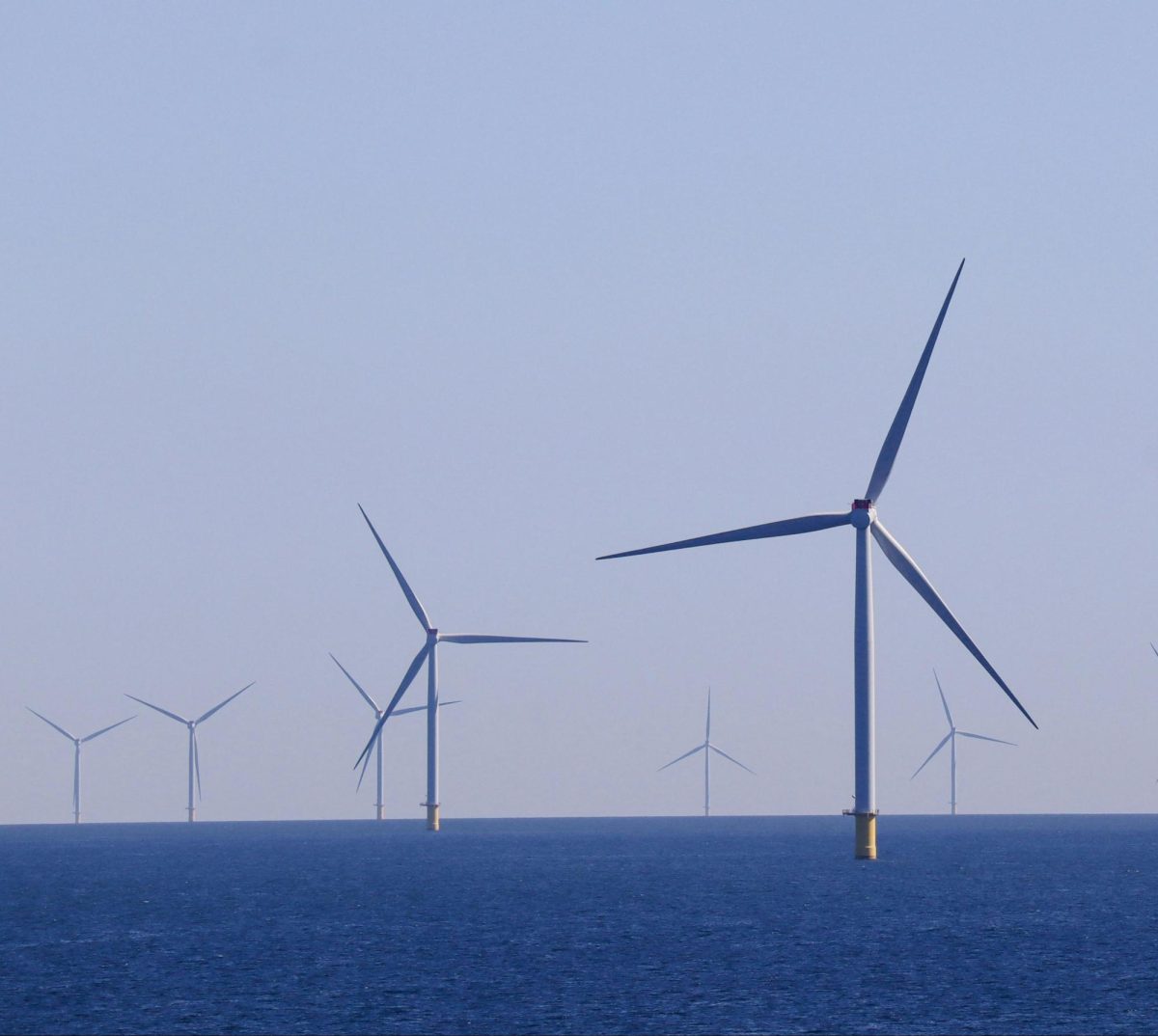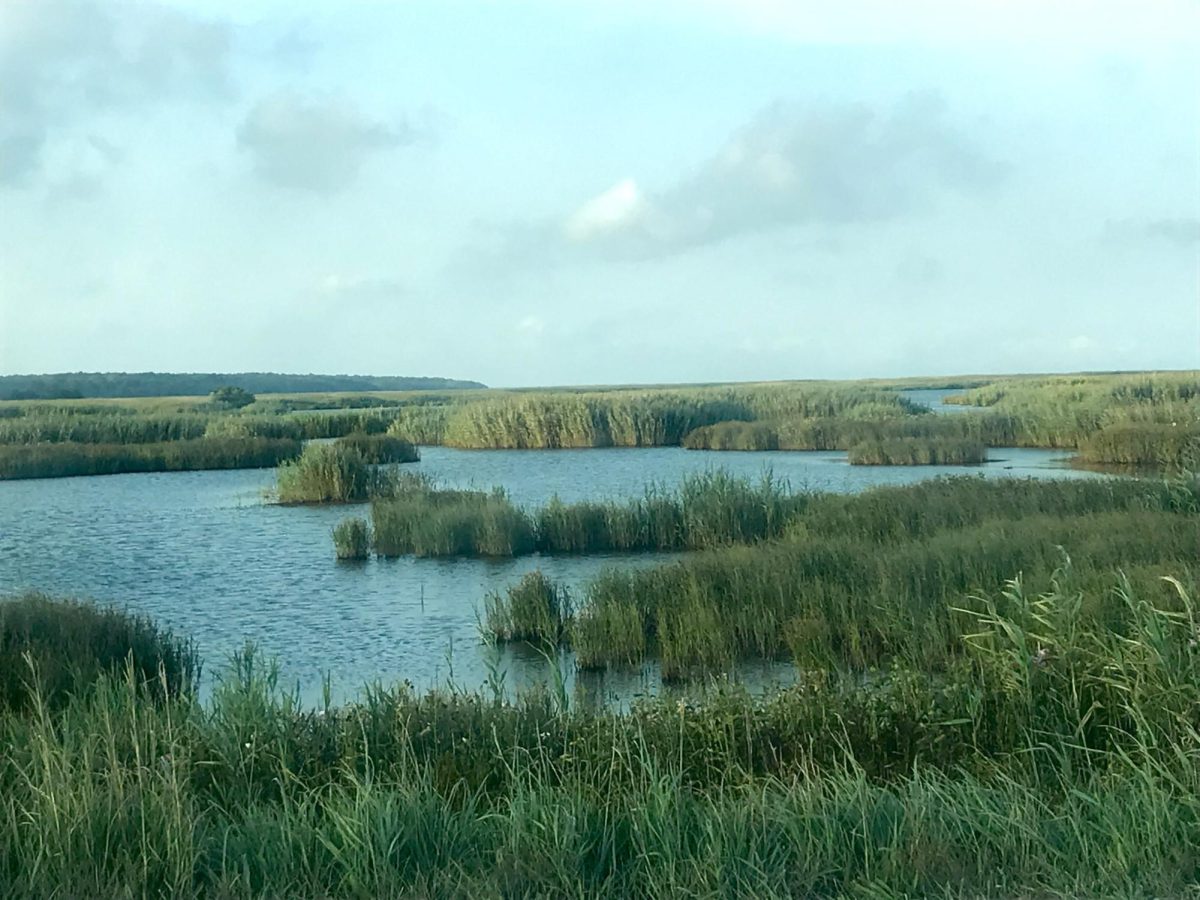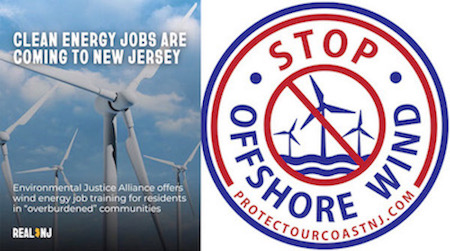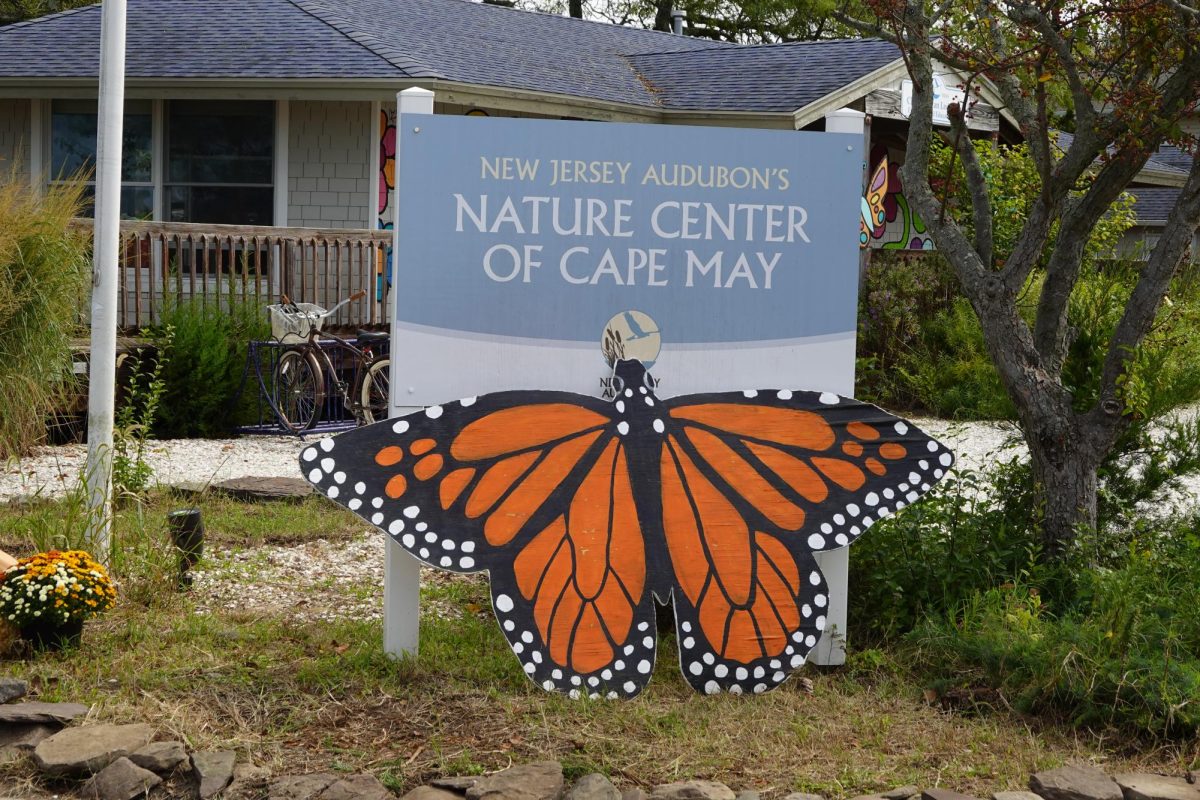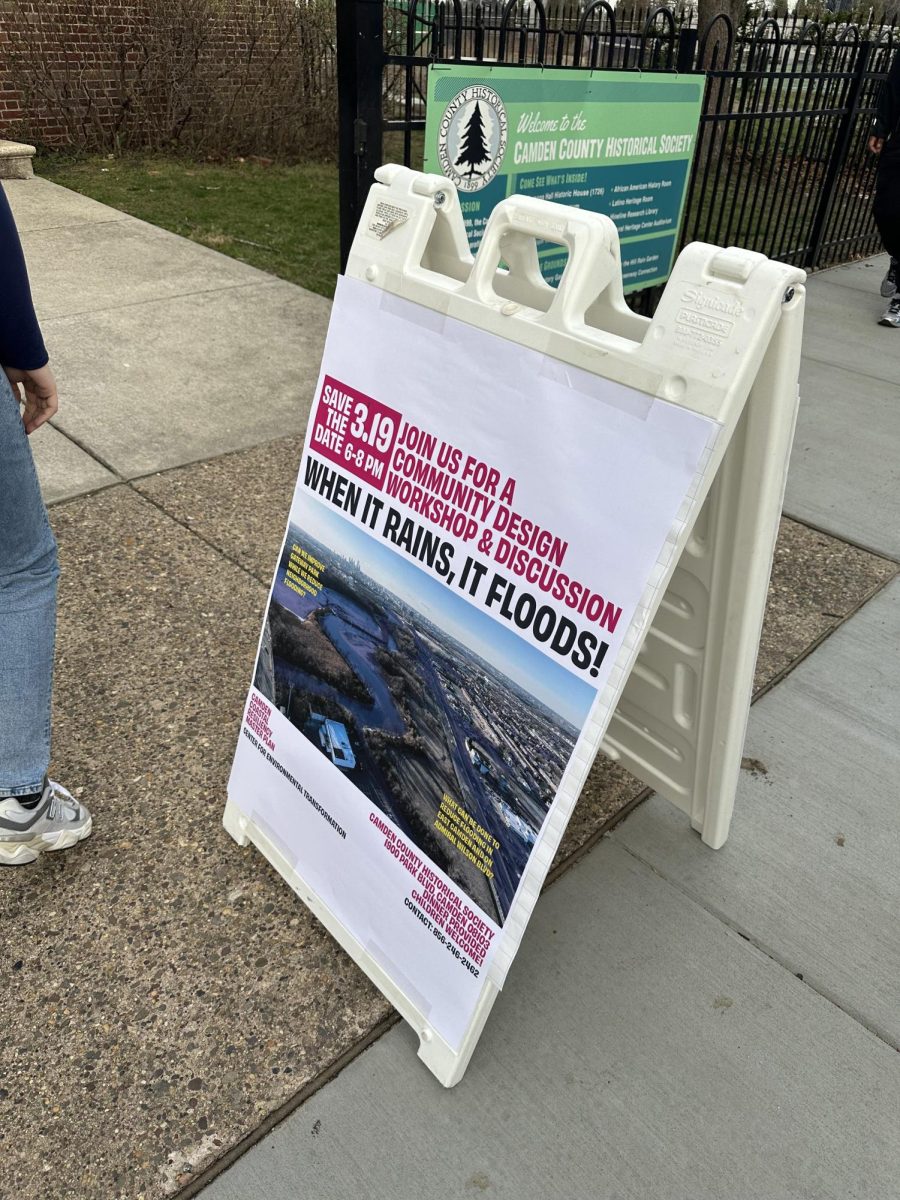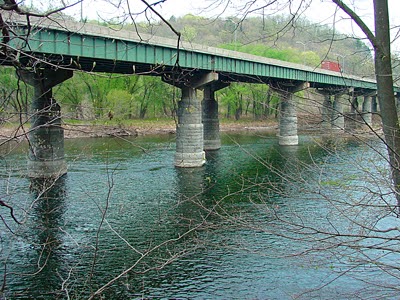In February, the New Jersey Board of Public Utilities (BPU) cancelled all further bidding on any solicitations for building offshore wind, and the move has since created polarizing reactions and questions about the future of clean energy in New Jersey.
The journey toward offshore wind began in 2010 under previous Gov. Chris Christie, and later was recalled by him in 2016. In 2018, Gov. Phil Murphy took the torch that led to the current state of stagnation of the state’s wind projects. The next administration will now have to decide what stance it will take—either continuing the 15-year attempt to offshore wind or ending its saga.
From Republican Congressmen Jeff Van Drew calling for a victory over offshore wind with an emphasis on continuing the “fight” and demanding BPU resignations to the Governor’s office committal but soft temporary withdrawal–it’s hard to see what happened and where New Jersey will go from here.
What’s happened?
After Murphy signed the executive order in 2018 to begin the move toward offshore wind in New Jersey, it has hit snag after snag. Its inception has created advocacy groups along the shore towns fighting against it, tagging the slogans of “Defend our beaches,” “Protect our shores,” and “Save our whales.”
Several anti-offshore wind groups, like Protect Our Coast New Jersey, claimed the preparation of the wind farms caused a series of whale deaths in 2023, however NOAA has since released findings that states there was no evidence of offshore wind preparations having any link with the whale deaths. The claim, however, laid the groundwork for the polarization of New Jersey’s play for clean energy–with Democrats holding the torch of offshore wind and Republicans roaring against the wind farms.
Paulina O’Connor, executive director of the New Jersey Offshore Wind Alliance (OWA), says she tries to meet with state Republican legislators to discuss the issue, but she finds it difficult to get meetings with them.
“I think it should be a bipartisan issue. Especially with the energy demand New Jersey is facing,” said O’Connor. “I think that when you have the top Republican figure opposed to a specific technology, it obviously trickles down to other members of the party. You know, Congressman Van Drew was pro offshore wind before he wasn’t.”
A representative from Van Drew’s office stated the congressman’s shift came from speaking to local fisherman and stakeholders within his district.
Van Drew’s skepticism was birthed from concerns of “unknown environmental impacts, threats to tourism and recreational activities, negative effects on the fishing industry, and a lack of transparency,” said Paxton Antonucci, communications director for the Office of U.S. Congressman Jeff Van Drew.
The first pillar to fall was Ørsted, a Danish energy company investing in offshore wind in New Jersey, which pulled out ofthe projects in 2023. Their projects, Ocean Wind 1 and 2, were to be New Jersey’s first offshore wind farms, projecting to provide the state more than 2,200 megawatts of power. Both projects were projected to provide power to more than 1 million homes annually. The company cited rising costs in procurement and high interest rates as a driving force behind its decision.
Ørsted’s pullout can still be felt in talks about clean energy, with several speakers at the latest clean energy conference on Feb. 27 at Rowan University: Meeting New Jersey’s Energy Needs still mentioning the fallout.
The following death knell for the source of clean energy came on the first day of the second term for President Donald Trump. The signing of the executive order “Outer Continental Shelf Lands Act, 43 U.S.C. 1331,” led to a domino effect putting New Jersey in its current state of uncertainty—a move Van Drew declared as a “significant victory.”
“This has been a long, hard-fought battle against powerful, foreign multinational corporations that have shown zero regard for our fishing industry, our environment, our whales, national security, or the American energy consumer,” Van Drew said in a press release on Jan. 21, 2025. “These companies, aided by politicians willing to subsidize their failures with taxpayer dollars, were determined to force wind energy on us. Thankfully, this is the beginning of the end.”
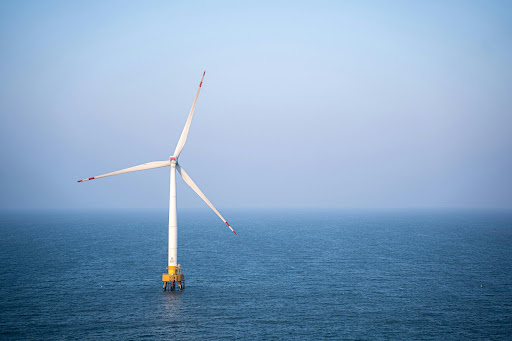
In his opening keynote speech at Rowan University: Meeting New Jersey’s Energy Needs, Tim Sullivan, CEO of N.J. Economic Development Authority, stopped several times when speaking on offshore wind to express frustration with the current actions taken by the federal administration.
“It’s very strange to me, very, very strange,” Sullivan said. “I’m not as young as I used to be, but maybe I’m naive. But I’ve never seen a situation where elected officials are celebrating something that is killing jobs.
“New Jersey, South Jersey in particular, is poised to have tens of thousands of jobs in the offshore wind industry, and people are celebrating that there’s real challenges,” he added.
Ten days after the signing of the executive order, Shell, which was part of the project, pulled its funding, citing delays and increased competition in the sector as the reason. The executive order would threaten to cause more delays since it calls for inspecting previous leases given to current projects.
This led New Jersey to its current state, treating the move to offshore wind as delayed but not done. As of their latest statement on Feb. 3, another wind power supplier, Atlantic Shores, stated its desire to stick with the projects, and Murphy is still committed to offshore wind despite the current federal administration’s efforts to halt it.
“Obviously there is a lot of uncertainty around offshore wind under this federal administration, but you can be sure that there’s no uncertainty when it comes to Governor Murphy’s support and mine for offshore wind,” said Christine Guhl-Sadovy, president of N.J. Board of Public Utilities in her keynote speech at Meeting New Jersey’s Energy Needs.
How did we get here?
New Jersey went from a state where polls were 80% in favor to one where the population is closer to a 50% favorability of offshore wind. The poll is currently trending upwards, but slowly.
Rowan University Associate Professor of Public Relations and Advertising, Dr. Allison Novak, and her class were working on a group project with the NJEDA and noticed an early issue during the 2023 whale beaching in New Jersey: messaging.
“We had made a recommendation that they should proactively address (the whales),” she said. “‘Here’s some talking points, and here’s what you could say, and how you could say it.’ And their response was they ‘focus on the economics of offshore wind, but they don’t focus on the environmental factors.’ I’ll buy that you’re supposed to focus on economics. But then, there should be someone else that can take those talking points, and they didn’t.”
Enter Suzanne Hornick, a former Ocean City resident, who now lives in the Florida Panhandle. Hornick is a former co-founder of Protect Our Coast New Jersey, and had been involved in activism locally for years before the group was created. She described her former groups as being mostly retired and having different backgrounds, but each were wanting to form the anti-offshore wind group with environmental worry in mind.
Before the beached whales in 2023, her group was small and she did most of her efforts. The group focused on chemicals and metals that were being used to make the turbines. But the washing up of the animals, a tide was shifted.
“We decided our focus should be strictly on public information,” said Hornick on the focus of the group’s messaging. “We did a ton of interviews. We did mailings to taxpayers in Cape May and Atlantic counties. I personally stood on the boardwalk every Thursday night in Ocean City for two years, two summers, just to hand out information to talk to people.”
Rising costs over each project’s lifespan are also a significant detriment. To Kris Oleth, director of Special Initiative on Offshore Wind, the high spike in cost brought back an eerily familiar feeling to the early days of offshore wind, when she began in the industry over 25 years ago.
The Special Initiative on Offshore Wind was created to perform cost studies for offshore wind for states looking to move forward with offshore wind—starting with New York. The idea was to help ascertain potential cost impacts for ratepayers.
“We saw the cost of offshore wind falling, I mean, it fell over 60% in 10 years in Europe, in the 2010s, so there was a strong sense of ‘Okay, like we’ve got this cost thing under wraps,’” said Oleth. “Then 2020 hit with high interest rates, COVID, war in Ukraine, macro economic geopolitical issues exploded, and offshore wind is now expensive again. And so now we’re kind of going back down the rabbit hole of the cost issues, which I find ironic.”
Ohleth, with 25 years of experience in offshore wind, doesn’t see these constant and full-circle threats to offshore wind as a failure but a success.
“It’s more of a success story, then of failing, because what happened was offshore wind actually started to become a threat to the oil and gas industry,” said Ohleth.

What’s next?
The conference at Rowan University sought to address what’s next. Each speaker brought up how the pause on offshore wind is a blow and loss for the energy sector, prompting questions to panel experts about possible rollbacks of environmental protections to allow for the collection of more energy while clean energy projects remain at a standstill.
Questions about nuclear energy filled the night, with references to Michigan’s current project being a possible guide. Opening up the state for more solar options was also amongst the talks, with asking for progress on battery storage incentive being mentioned several times during the open Q&A for the BPU.
The idea of a shift to nuclear is even a sentiment in the group’s and people who advocate against the wind projects, with Van Drew pointing directly to the energy source in his most recent statement about the NJBPU.
“New Jersey used to produce more energy than it needed but thanks to Governor Murphy’s extreme green energy mandates, we are now in an energy deficit and forcing the ratepayers to cover the cost,” said Van Drew. “They have ignored real solutions like nuclear, solar, and natural gas while shutting down projects that could have helped like the B.L. England Power Plant and the South Jersey natural gas pipeline.”
The rate hikes coming to the state and energy deficit problem were amongst concerns during the energy conference panel as well. While the talk of nuclear was amongst each panel, and a subject each speaker spoke on, they all still underscored the stress of needing offshore wind.
“The country needs this power,” said Sullivan. “Whatever is going on in geopolitics, which is unfortunate, there is 30 to 50 gigawatts of power sitting out there. We’re going to figure out how to tap that.”
Sullivan’s confidence in the eventual progress into tapping electrons from offshore wind comes from projects outside of New Jersey such as those in Virginia, New York, and Massachusetts.
To stress that importance, Ohleth equated 1 gigawatt of energy to fuel roughly 600,000 homes, which matches several projections being from 600,000 to 1 million.
However, one sentiment did rule the morning conference: while no one wanted to give up offshore wind and leave that source empty, leaving all their eggs in one basket was no longer the correct approach—according to Richard Henning, president and CEO of the New Jersey Utilities Association, the approach must be “multifaceted.”
”Our answer is that you need to go back to planning on a multi use, kind of multi prong strategy that includes green hydrogen, that includes solar, wind power, that includes the different technologies that might be available, including carbon capture,” said Henning.
The multifaceted approach is one that even those who dislike offshore wind, though they don’t see a future of offshore wind.
“Going forward we need to focus on proven, affordable energy solutions like nuclear, solar, and natural gas,” said Antonucci, Van Drew’s communication director. “We need to streamline permitting, cut the red tape that makes it difficult to build new transmission lines and power plants, and focus on bringing costs down for the good of the people of New Jersey.”

